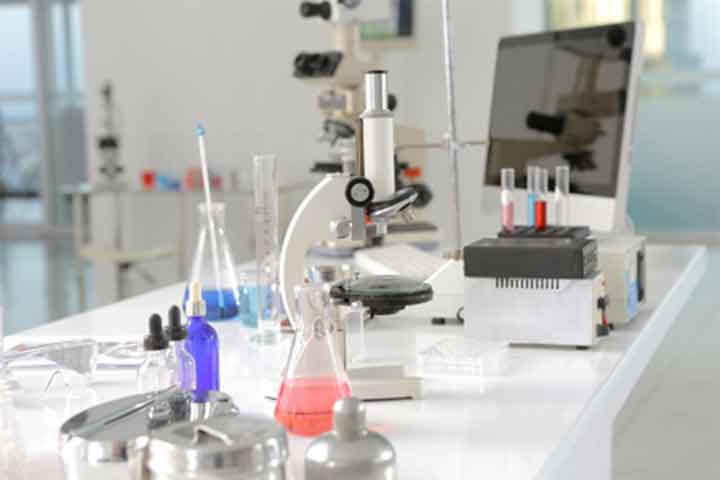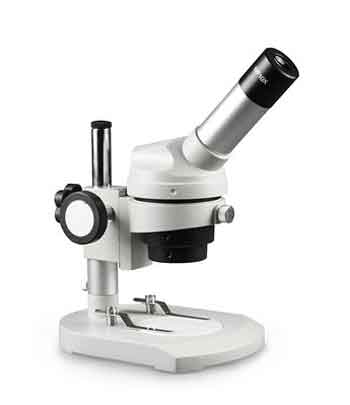Using Laboratory Monocular Microscopes

There are a lot of things to explore in the microscopy technology. Experts and professionals in the field continue to advance the modern equipment and mechanisms to make microscope a better tool for those people who depend on it, just like the laboratory monocular microscopes. In this regard, it pays to explore what these microscopes can do and offer to the advanced world.
Monocular Microscopes
People are surely familiar with microscopes. They see this in the laboratories, schools and some even have one for their personal use. However, it is best to properly distinguish what a monocular microscope is. The monocular microscope is identified by its singular tube body. This is distinct from the usual binoculars that most people are acquainted with.
Monocular microscopes function to provide the magnification needed by the user. The capabilities will depend on the type and model of the monocular microscope. In this regard, it pays to get to know what capabilities laboratory monocular microscopes possess.
Laboratory Monocular Microscope

A laboratory monocular microscope is the type of monocular microscope used for laboratory purposes. However, rather than be content with that simple definition, it is more useful to explore the different features that make a laboratory monocular microscope distinct.
Most laboratories would prefer a monocular compound microscope that is capable of doing optimum performance for magnification and microscopy purposes. This is the kind used for professional, laboratory, research and educational purposes. The design and features are very important to secure just exactly what the microbiology field needs.
Magnification Features
The first thing to look for in a laboratory monocular microscope is its viewing capabilities. This should provide the highest quality when it comes to examining specimens and objects under the microscope.
Clarity and magnification is very important, especially when it comes to microbiological matters. In this regard, one has to secure at least 40x magnification with the laboratory microscope. There are even better choices available for those who can afford it like the 100x, 400x and 1000x magnification. With these features at hand, it is not difficult to pore into the details of microorganisms.
Illumination Properties
Equally important to secure for a laboratory monocular microscope is the illumination properties. This is the aspect that secures there is proper lighting when one examines the specimens. Without proper lighting, looking at the microscope will just like looking inside a dark room.
Be sure to check out on the built-in illumination of the laboratory monocular microscope. There are the usual 20-watt choices that can be opted to by most users. However, for those who want maximum performance, it is best to choose the ones with 110-watt halogen lighting. It will be equally useful to get the model that provides variable intensities for the convenience of the user.
Focusing Capabilities
The focusing is equally crucial in using the laboratory monocular microscope. Without this feature, the microscope will not be flexible enough to magnify objects of different sizes and properties. The focusing capabilities of laboratory microscopes can be inquired into by looking at the fine and coarse adjustment knobs. These can be found on the side parts of the microscopes.
Stage Areas
Examining objects in the laboratory microscope will also require precision. The precision is very important especially for very small specimens. The tiniest millimeter involved in your study can be distorted by unnecessary movements in the specimen when being examined. As such, the stage area, the place where specimens are mounted, must be secured. Be sure to have enough stage clips to secure the area from unintended movements.
The Digital Laboratory Monocular Microscopes
Since laboratory microscopes are used for educational, research and professional purposes, then it is best to go digital with it. The advent of digital technology with the microscopy provided the best option when it comes to using laboratory monocular microscopes.
Digital microscopes come with built-in cameras that make it possible for users to capture still images of the specimens they study. One can even take digital videos of these objects. There is also connectivity with a computer when using digital microscopes. This makes transferring of images easier and faster. Furthermore, this option will make it easier for the user to properly organize and document the objects of the examination. Considering the points provided above, it is evident that digital microscopes prove to be a good choice for laboratory research purposes. For more information, please visit official site.
Conclusion
There are many choices in the market when it comes to picking your laboratory monocular microscopes. Be sure to get the digital monocular microscopes for your own use. These gadgets offer perks and capabilities not found in your old microscopes. This is the only way to enjoy what modern digital microscopy is all about.
